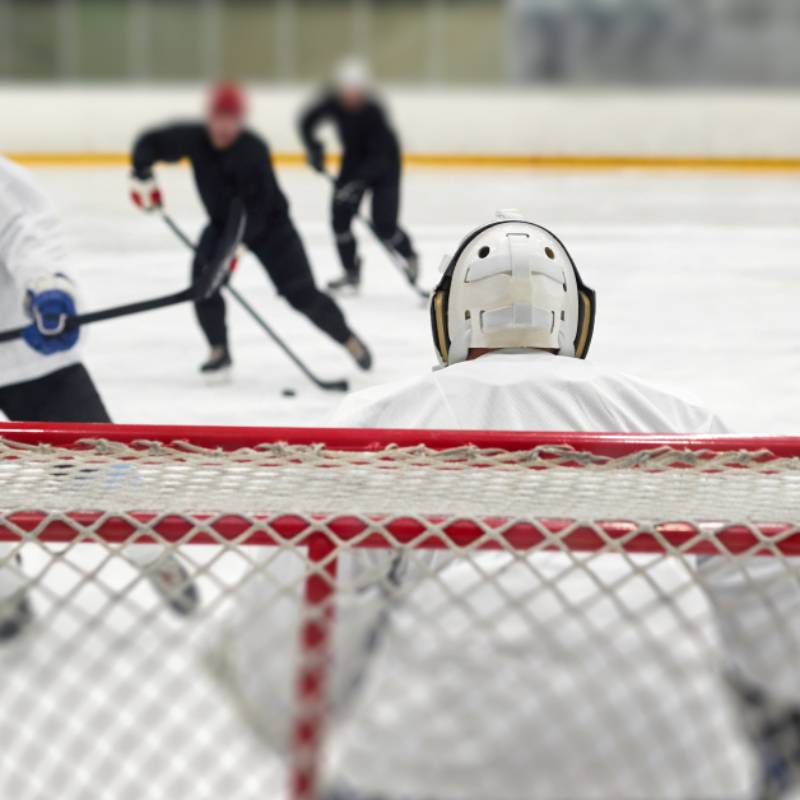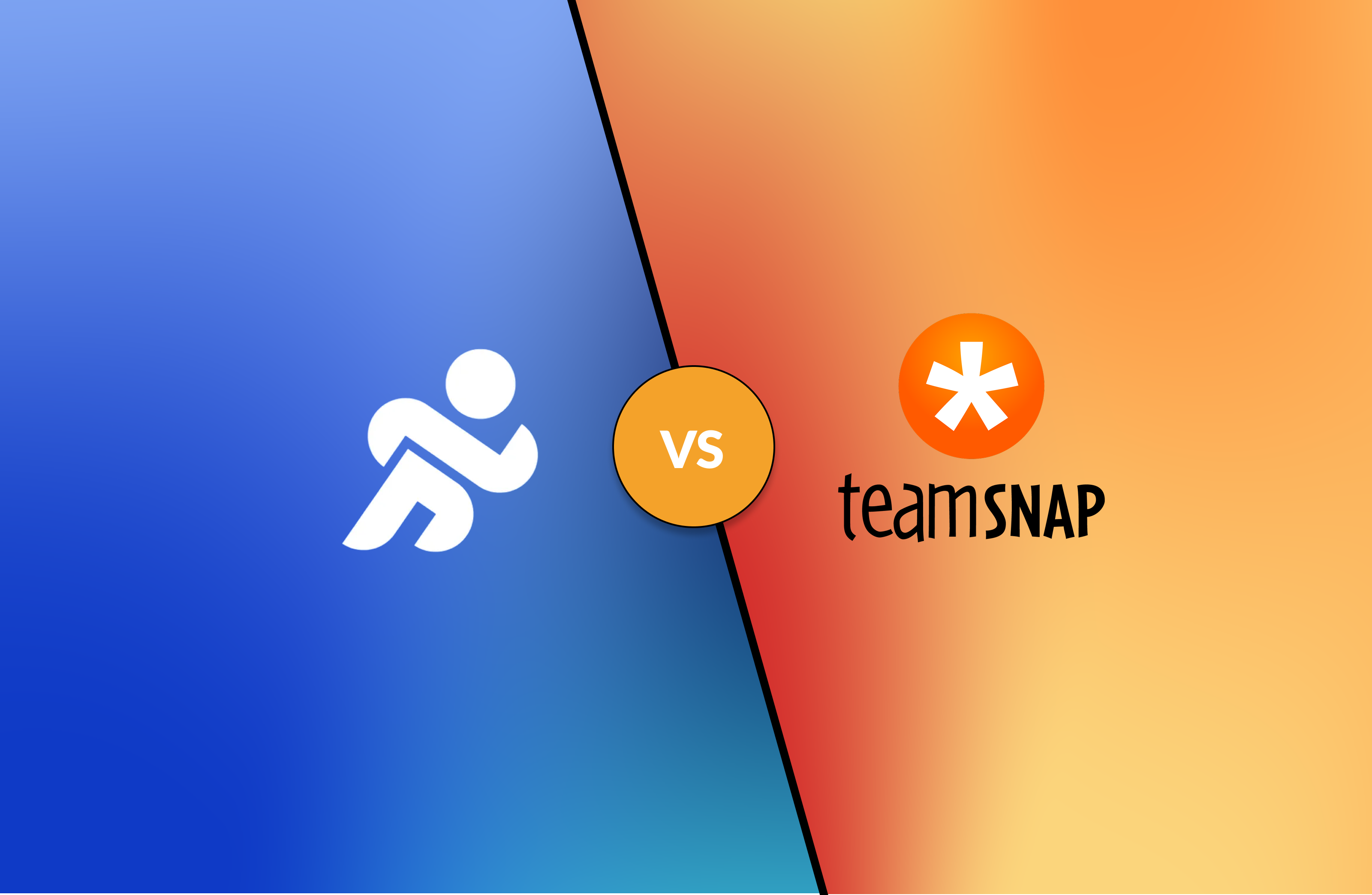The influence of a coach: a major role in the development of young athletes

A coach influences young athletes very quickly in their beginnings as young athletes.
It’s no wonder that so many of us hold such fond memories of a coach that made a mark on us along our path as young athletes.
Through their approach, their teaching method or techniques, a coach that brings a positive influence to a team contributes in making a positive impact on children’s lives.
How?👇
Here are three characteristics that allow a coach to contribute to the development of young athletes:
1. A coach must be patient and stay within their limits
It’s important to keep in mind that as a coach, specifically at the recreational level, the goal isn’t to develop professional athletes rather, to give them an environment to acquire life skills, such as confidence and character development.
Of course, confidence, skills and character are not qualities that develop overnight. It can take years for a young person to acquire these personality traits.
This is why a coach has to be patient.
It’s not always easy to manage a boys soccer team full of 12-13 year olds. They talk all the time, they don’t always listen to you, they want to move and “kick” the ball.
Managing your emotions
A coach who loses his cool doesn’t set a good example for his team. Remember that even though they are 17-18 years old, they are still children.
In a position of authority, it is essential to be in control of your emotions.
For example, if a player gets angry at the referee during a game because he gave him a 2-minute penalty, the coach needs to send the right message to his player.
Instead, the player should be taken aside and made to understand why he was given a penalty.
If the coach shows signs of frustration, it is obvious that this does not promote positive team and player development.
No player or parent appreciates seeing a coach throwing sticks on the ice as a sign of frustration. It will simply make the players no longer want to take part in the activities.
So it’s important for the coach to set his limits.
If they have a hard time staying in place, you can always use cones to mark out the field. Make it clear to the players that this is the training area and force them to stay within it.
Prepare your practices according to the team’s behavior.
If your players are too excited from the start and have difficulty concentrating, start with a more active warm-up.
Remember that a coach is not a teacher either. It is normal not to have all the tools necessary to ensure that the team stays calm, as a teacher does in the classroom for example.
Parents can play an important role by talking to their child before practices to encourage them to follow the coach’s instructions.
Discipline is also a learning experience, both in the context of the play and in life.
Take deep breaths and don’t hesitate to ask for tips from qualified people in order to improve.
2. A coach must establish strong communication
One of the best ways to help young athletes progress is to establish a good relationship of trust with them. You need to be open and listen to their ideas.
If you see that an explanation often needs to be repeated, but when you demonstrate the exercise it gets their attention, you may need to review your learning methods.
Drawing and reproducing exercises are probably techniques that your players understand best.
As they sit in class all day long, it is obvious that interactive demonstrations are more likely to get their attention.
A sports team organization software can also help you communicate with your players. You can send messages to each member and interact with them quickly and efficiently.
The coach needs to go to the rhythm of his players and the more he listens, the stronger the relationship of trust will be.
3. A coach must always have the safety of the players at heart.
As a coach, it is important to provide your players with a safe training environment and equipment that will help them progress.
Of course, you must ensure that there is nothing on the premises that could cause an injury.
But it is also advisable to pay attention to the equipment worn by the players. Don’t be afraid to deny access to a player if he or she does not have the necessary protective equipment.
Of course he won’t be happy, but these are life experiences that make a player a better person.
The same goes for injuries, it can be difficult for an injured player to have to give up playing for several weeks. However, this is necessary to prevent an injury from getting worse.
Invite the players to come and watch practices anyway and plan a gradual return to play.
Health is much more important than winning.
Karl Demers



